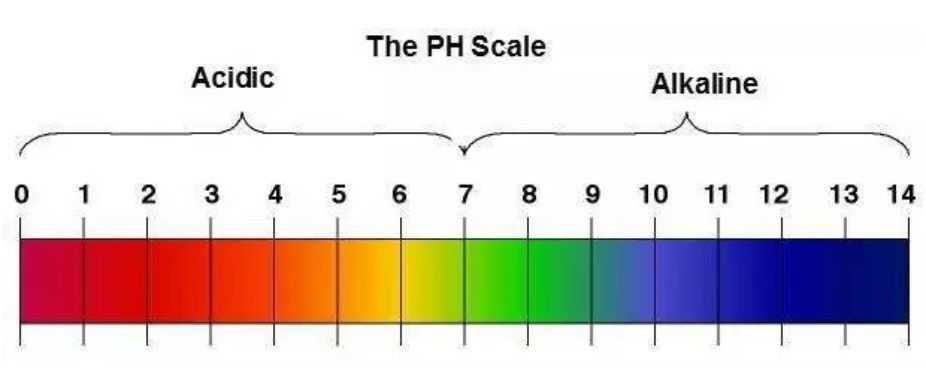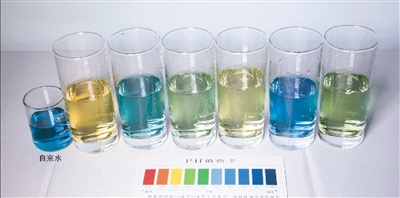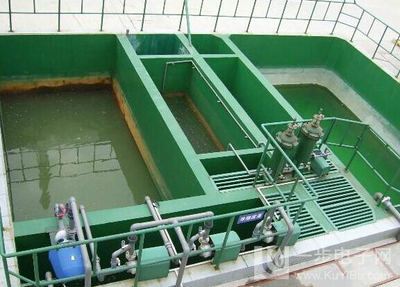What is the pH of water? How to apply?

The pH of water is the negative logarithm of the concentration of H+ in water. To wit:
pH= a lg[H+] Because the H+ concentration of water is very small, it is very inconvenient in application, and the use of pH value to reflect the pH of an aqueous solution is more convenient. Table 1-24 shows the application.
Water,pH
When pH=7, water [H+]=[OH 1], then the aqueous solution is neutral.
When pH> At 7, it is an alkaline solution; When pH< 7 o 'clock is an acidic solution.
What factors affect the pH of natural water?
Since most water contains carbonate and bicarbonate, the pH value of natural water is generally between 7 and 8. When the water contains a lot of free carbon dioxide, or is polluted by acidic industrial wastewater, the pH value of the water will be reduced; Water flowing from certain mountainous, forested or swampy areas will also have a low pH due to the large amount of humic acid it contains.
Acid water corrodes concrete, metal pipes, etc. When the water contains alkaline substances (such as carbonate or hydroxide), the pH of the water will be increased. Alkaline water may cause the precipitation of some dissolved salts and change the original characteristics of water.
The pH value of water between 6.5 and 9.5 does not affect the normal drinking of people, and will not have adverse effects on equipment and pipelines.
How is natural water classified?
Natural water is commonly classified according to its chemical composition in the following ways:
(1) According to the content of ions in water
① Points according to salt content
Low salt water - salt content of less than 200mg/L;
Medium salt water - salt content between 200 and 500mg/L;
High salt content water - salt content between 500 and 1000mg/L;
High salt content water - the salt content is more than 1000mg/L.
② Points according to hardness
Very soft water - hardness of 1.0 mmoL/I. The following;
Soft water -- hardness of 1.O ~ 3.0mmol/I. Between;
Medium hard water - the hardness is 3.O ~ 6.0mmol / 1. Between;
Hard water - the hardness is between 3.O and 9.0 mmoL/L.
(2) According to the Yin, cation content points
This classification method is currently used for groundwater. It is divided according to the amount of ionic substances in the groundwater. There are only six ions of this order: Na+, Mg2+, ca2+, ClI, SO I, and HCOf. Since a cation and an anion cannot exist alone in water, only three cations and three anions can be combined to form the type shown in Table 1-25.
Water,pH
When naming, it can be called according to which ion is more. For example, according to the anion content, it can be called chloride water, sulfate water, bicarbonate water, sulfate bicarbonate water, etc. If the cation can be called sodium water, magnesium water, sodium magnesium water, sodium calcium water and so on.
(3) Classification according to the comparison between the main components and ions
This classification is based on the largest content of anions as the classification basis, the largest anions are divided into bicarbonate and carbonated water, sulfuric acid water and chlorinated water three categories. In each category, the main cations are divided into three groups: calcium group, magnesium group and sodium group, and then according to the relative content relationship between cations and anions, the water content of each group is divided into four different types. That's 27 kinds of water.



